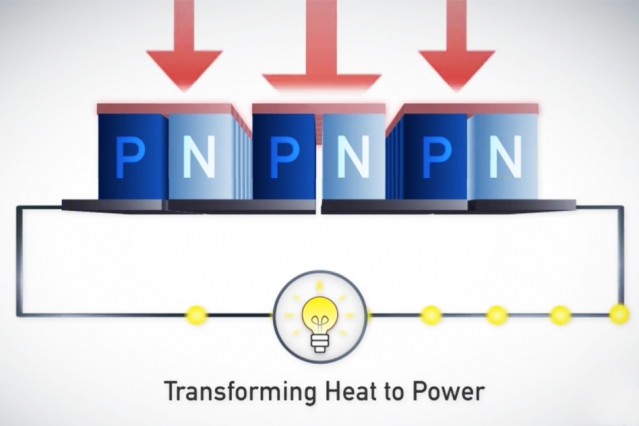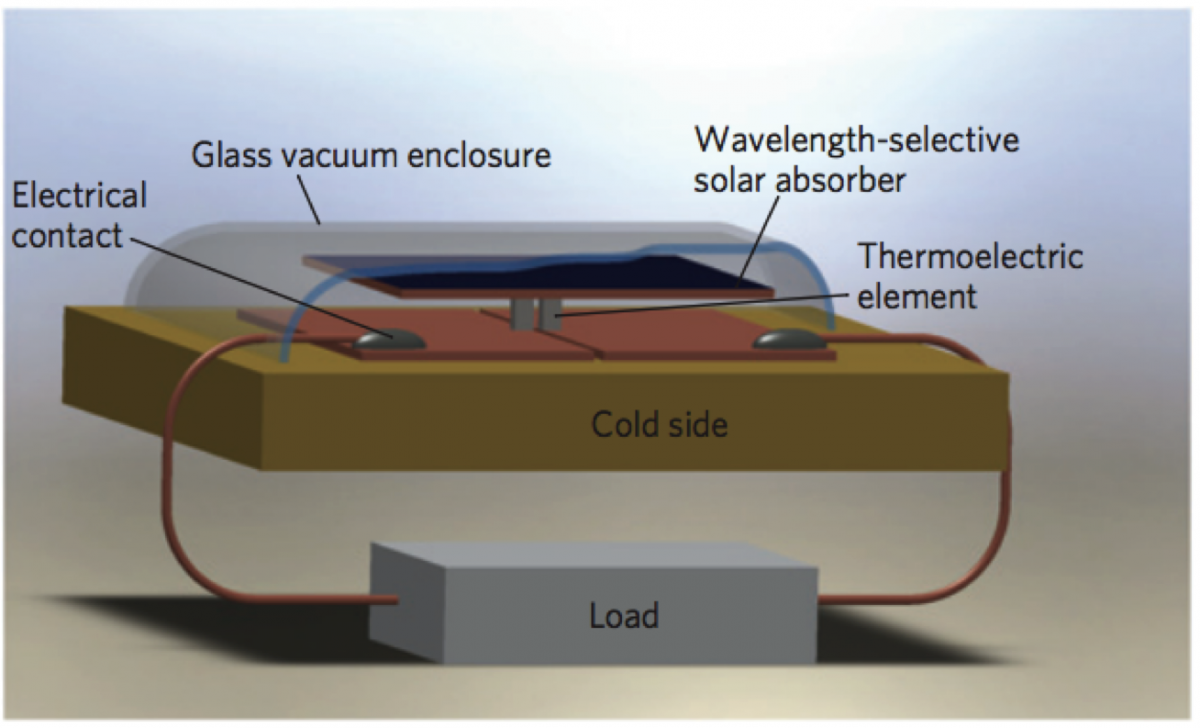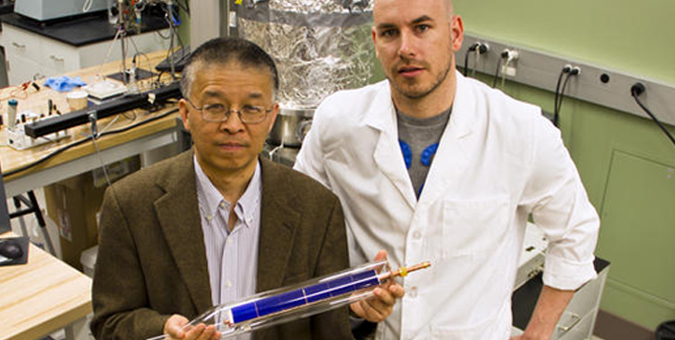One of the central themes of S3TEC is to develop more efficient thermoelectric materials to directly convert heat into electricity via the Seebeck effect, or provide cooling via the Peltier effect. Their ability to harvest waste heat and deliver cooling power through solid-state devices without moving parts makes them important candidates of sustainable energy technologies in the future. Despite the benefits, the current bottleneck of thermoelectric technology is its relatively high cost and low efficiency, compared to conventional power plants and refrigerators. Good thermoelectrics need to conduct electricity well but conduct heat poorly, which are usually contradictory properties for a same material, a fact that has posed the major challenge to researchers in this field. Rooted in the groundbreaking development of nanostructured thermoelectrics in 2008 [1], the S3TEC center aims at rational design of high performance bulk thermoelectric materials based on solid understanding of nanoscale charge and heat transfer. S3TEC researchers are striving to reach this goal through fundamental studies of thermoelectric materials, including theoretical modeling and simulation of electron and phonon transport, material synthesis and characterization, and system-level modeling, prototyping and testing.

Remarkable progress has been made since the initiation of the S3TEC center in 2009. On fundamental studies, we have developed density-functional-theory (DFT) based first-principles simulation tools to study both electrical and thermal transport in unprecedented details; we have invented quasi-ballistic phonon spectroscopic techniques to experimentally map out the phonon mean free path distributions in real materials[2][3]. In practice, we have continued optimizing existing materials and identifying new materials and have kept improving not only the peak figure of merit, but also the average figure of merit over a wide temperature range for a variety of material systems. Our new materials together with new understandings of electrical contacts to materials have enabled excellent efficiency improvement of one of the technological drivers of S3TEC, the solar thermoelectric generator (STEG), which can be used to convert sunlight to electricity and provide an alternative route towards solar power in addition to photovoltaics and solar thermal plants.
In a STEG, a pair of thermoelectric legs is sandwiched between a solar absorber and a heat sink. When the solar absorber is exposed to sunlight, it heats up, causing a temperature gradient across the thermoelectric elements and current to flow. In the 1950s, STEGs with efficiency was at .06% at one sun and around 3% at 50 suns were demonstrated, however little further progress was made for the rest of the 20th century. S3TEC researchers were able to improve performance by placing the STEG in an evacuated enclosure, using a spectrally-selective solar absorber and using nano-structured thermoelectric elements, and achieved a solar to electric conversion efficiency of 4.6% at one sun [4]. More recent experiments have reached 9.6% efficiency using optical concentration, measured based on solar intensity incoming onto the solar absorber.


The transformative potential of solar thermophotovoltaics and thermoelectrics can be achieved only via fundamental advances in materials and transport processes. For both solar thermophotovoltaics and thermoelectrics, a key for high efficiency is to control the absorption of solar photons and their re-emission, while efficient thermoelectric energy conversion calls for controlling the electron and phonon transport such that materials conduct electricity well but insulate heat flow. The S3TEC Center takes a multidisciplinary and synergistic approach to investigate the energy conversion among photons, phonons, and electrons, and their subsequent transport; using optical spectroscopy on phonons and electrons, neutron scattering, and multiscale simulation. The ultimate goal is to design and synthesize high efficiency thermoelectric materials and spectrally selective surfaces. The fundamental studies will lead to materials and devices that can operate across a wide temperature range with high energy conversion efficiency and yet can be manufactured at low cost, which is essential for future energy solutions.
References:
1. B. Poudel et al., High Thermoelectric Performance of Nanostructured Bismuth Antimony Telluride Bulk Alloys, Science, 103, 074301 (2008).
2. A. Minnich et al., Thermal Conductivity Spectroscopy Technique to Measure Phonon Mean Free Paths, Phys. Rev. Lett., 107, 095901 (2011).
3. Y.J. Hu et al., Spectral Mapping of Thermal Conductivity through Nanoscale Ballistic Transport, Nature Nanotechnology, 10, 701 (2015).
4. D. Kraemer et al., High-performance flat-panel solar thermoelectric generators with high thermal concentration, Nature Materials, 10, 532 (2011).

